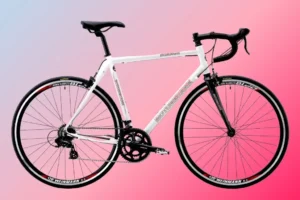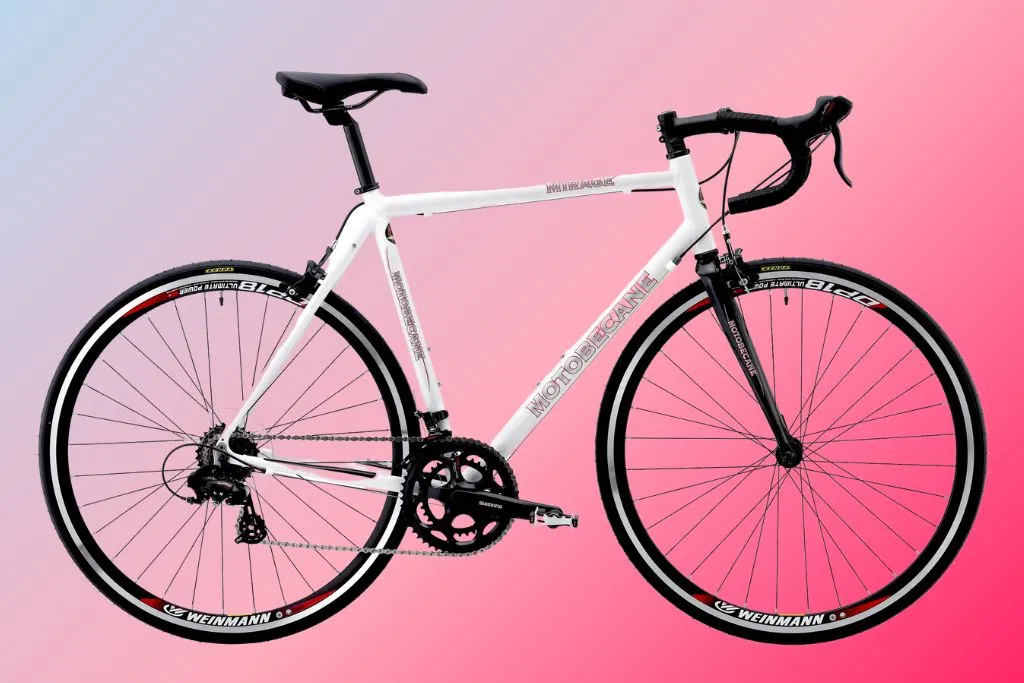Do you know anything about mountain bike tires? They have high demands.
Off-road bicycles (hills, trails, wilderness, sand gravel roads, etc.) are called mountain bikes.
More and more young people enjoy riding mountain bikes for excursions and cross-country trips, making it a healthy and fashionable sport.
Learn more about mountain bike tires by looking at some examples.
Let’s talk about how tires are constructed first.
The open outer tire of a bicycle is a woven mesh cover that forms its body.
The tired skin provides wear when rolling, and two lips bury the tire to keep it attached to the wheel frame.
This is what forms the tire’s main structure. The thin tires on bicycles are more likely to puncture or cut than other tires.
Many of them will add a blast layer between the tire’s skin and the mesh cover in order to increase the tire’s strength.
Whenever there is a large vehicle accident involving a flat tire, regenerative tires will always be discussed.
The tire skin is removed from the carcass of regenerative tires, and a new layer of tire skin is applied.
Tires are actually made this way, so don’t worry about them being unreliable.
Tire characteristics
There are four types of tires based on their characteristics:
- The resistance to rolling
- Grip and road feel
- Abrasion resistance
- Protection against explosions
- Weighing
Furthermore, manufacturing quality and power transmission are often overlooked characteristics.
These characteristics are discussed in more general terms in the following sections.
Rolling resistance
It is important for the wheel to maintain its speed as soon as it starts rolling. However, because of wind resistance and other drag, this is impossible.
In general, the lower the tire’s rolling resistance, the easier it is to maintain speed.
This means that you will accelerate the same force you use to pedal without having to increase it.
Also, read Mongoose Impasse Men’s Mountain Bike 29-inch Review
The lower the rolling resistance, the better.
Traction
During cornering or braking, the grip of the tires is crucial.
You still need grip even if you accelerate straight ahead with a strong force. It is therefore best to have as much grip as possible.
Abrasion resistance
Today, bicycle tires are generally considered to be expensive.
As we discussed above, wear resistance is important at this point since we do not want expensive items to break down after a certain amount of time. How long a tire will last depends on its wear resistance.
Tires with a thin tread layer are more likely to be punctured by rocks, glass, and tree branches.
It is typical for outdoor tires to be built blast-proof to prevent foreign objects from puncturing the woven mesh cover.
Weight
You’ll need to consider the weight of any spare part on your bike if you are looking for a lightweight.
To achieve lightweight tires, you need lightweight inner and outer tires, and lightweight tires can reduce weight by one or two hundred grams.
The fact that the tires are lighter makes them worth the investment regardless of their effect on reducing the bike’s weight.
Light tires can weigh up to 100 grams less than conventional tires.
As a matter of fact, lightweight tires also offer many performance benefits. In addition to having an advantage when climbing hills, they also have a lower inertia, so they can accelerate more easily.
This reduction in weight is largely due to the lighter tread and mesh cover, as well as the absence of the blast ply.
Consequently, the road surface is more responsive, the road feels more comfortable and the rolling resistance is reduced.
Types of mountain bike tires:
There are different types of mountain bike tires to choose from and the type you choose will depend on the terrain you are riding and your riding style. The most common types of mountain bike tires are:
Clincher tires:
These tires have a bead that hooks onto the rim of the wheel and an inner tube that holds air. Clincher tires are the most common type of tire and are found on most road bikes.
Tubeless tires:
Tubeless tires do not require an inner tube and can be inflated with a CO2 cartridge or a pump. Tubeless tires are becoming more popular because they are easier to set up than clincher tires and they provide a smoother ride.
Knobby tread:
Knobby tread is found on most mountain bike tires and provides traction in loose dirt, mud, and snow.
Width:
When you are looking for a new mountain bike, one of the decisions you will have to make is what tires to get. There are many different widths to choose from, so how do you know which is the best for you?
Wide mountain bike tires can provide more stability and grip than narrower tires, making them ideal for downhill riding or wet conditions. However, they can also be more difficult to pedal uphill. Narrower tires are better for cross-country riding and racing, as they are faster and easier to pedal.
The best way to decide which width is right for you is to try out a few different sizes yourself. Go to your local bike shop and ask to test ride some bikes with different width tires. Once you find the size that feels best for you, buy a set of those tires and enjoy your new mountain bike!
Tread:
When you are looking for a new mountain bike tire, there are a few things that you need to take into consideration. The Next thing is the type of riding that you will be doing. If you will be riding on groomed trails, then you will want a slick tire. If you will be riding on rough terrain, then you will want a knobby tire.
The next thing to consider is the width of the tire. If you have a hard time fitting your current tires into your frame, then you will want to get narrower tires. If you are looking for more stability and grip, then you should go with wider tires.
The last thing to consider is the air pressure of the tire. This can vary depending on the type of terrain that you will be riding on.
Rim width:
When it comes to mountain biking, the tires you choose are incredibly important. After all, they’re what keep you attached to the trail and moving forward. If you don’t have the right tires for the job, you might find yourself struggling to make any headway at all.
Many people assume that wider is always better when it comes to mountain bike tires. However, this isn’t always the case. In fact, if your tires are too wide for the terrain you’re riding on, you could actually wind up in trouble.
So, how do you choose the best mountain bike tires for your needs? The first thing you need to do is determine what type of terrain you’ll be riding on most often.
Inner tube size:
When it comes to mountain biking, having the right tires is key. Not only do they need to be able to handle the terrain, but they also need to be the right size. In this article, we’ll discuss inner tube size and how to choose the best mountain bike tires.
The next thing you need to know is that there are three different sizes of inner tubes: 26″, 27.5″ and 29″. The second thing you need to know is that not all mountain bikes come with the same size tires. So, before you go out and buy a new set of tires, you need to measure your current ones and see what size they are.
If you have a 26″ mountain bike, you will need a 26″ inner tube. If you have a 27.5″ mountain bike, you will need a 27.5″ inner tube.
Tire pressure:
There are a lot of factors to consider when choosing mountain bike tires. One of the most important is tire pressure. Too much or too little pressure can make riding difficult and dangerous.
The recommended tire pressure for most mountain bikes is between 25 and 30 pounds per square inch (psi). This varies depending on the type of terrain you’re riding and your weight. You may need to adjust your pressure depending on the weather conditions, too. For instance, if it’s cold out or if you’re riding on snow, you’ll need to increase your tire pressure.
If you’re not sure what the correct tire pressure is for your bike, ask a bike shop employee or check your bike’s owner’s manual. You can also find this information online.
Once you know the correct tire pressure for your bike, it’s important to check it regularly.
Conclusion: Choosing mountain bike tires
The best mountain bike tires for you will depend on your riding style and the type of terrain you plan to ride on. There are a variety of factors to consider when choosing the right tires, so take your time and do your research before making a purchase. If you’re not sure which tires are right for you, ask an expert at your local bike shop for advice. And most importantly, have fun out there on your bike!











